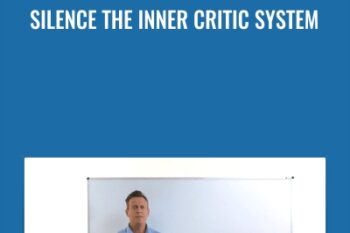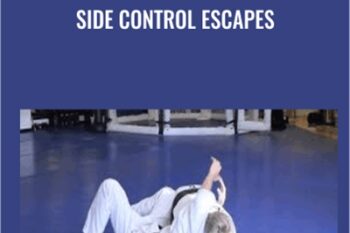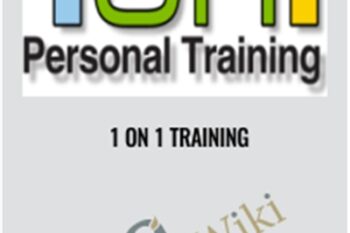Achieve more with the Active Flexibilit – Colin Grady course, priced at just Original price was: $24.00.$13.00Current price is: $13.00. on GBESY.biz! Explore our extensive collection of over 60,000 downloadable courses in Sports and Fitness. We offer professional, self-paced digital education at up to 80% off original rates. Start transforming your expertise now!
Salepage link: At HERE. Archive:
$24 $18 – Active Flexibilit – Colin Grady
In the world of pole, flexibility can be just as important as strength. Unfortunately, it’s not as well discussed as it should be.
In today’s article, we discuss active VS. passive stretches and flexibility, helping you understand the differences and how each one benefits your pole journey.
Thanks to Fit and Bendy Flexibility Training, you can see an easy example of active VS. Passive flexibility below:
Active Stretching
Active stretching incorporates mobility and active movement. This type of flexibility relies largely on your strength muscles fibers to achieve the stretch, unaided by external forces such as your hand or a band. Active flexibility plays a large role in getting into different moves on the pole.
With active stretching, you are actively moving and engaging one muscle group to stretch another. This requires much more energy than passive stretching. There is less of a chance of over-stretching, however, so this is the best type of stretching for a warm-up to your pole session or another workout. These stretches will warm up your body within its current range of motion, rather than trying to push it past a comfort level.
Examples of active flexibility are pole moves such as Jade, or Chopsticks, or yoga poses such as Warrior II.
TIP: Never force yourself past your range of motion in an active stretch, as you can still over-stretch or tear the muscle if you are not careful. Yes, muscle can bounce back over time and careful recovery, but it will likely continue to affect your performance, so always stay mindful of your own body’s limits.
Passive Stretching
Passive stretching relies on body weight, a teacher, a strap, or another external force on a relaxed muscle. This type of flexibility relies largely on joint mobility and the connective tissues around the muscles. Working on passive flexibility will help your increase and maintain a flexible range of motion, which is important to your progress in active flexibility.
With passive stretching, it’s important to note that you are not contracting or using your muscles but keeping the muscles relaxed. Passive stretches often use very little energy, commonly worked on when your goal is to increase your range of motion past your current comfort level.
Passive flexibility is best worked on as a cool down after a workout or pole session, as your muscles will be warmer, and the chances of over-extending a cold or tight muscle is lessened.
Examples of passive flexibility are common yoga poses such as pigeon, forward fold, and the splits.
TIP: Never force yourself into a stretch until you feel pain. Passive stretches are especially easy to over-stretch because you are using an external force (even if it is your bodyweight) to push yourself deeper into the stretch. Your body can not bounce back from connective tissue damage as easily as it can with muscles, so stay mindful of your own limits, and avoid actively engaging or contracting your muscles while in the stretch.
Parting Tips
Do you have your splits but can’t get your Jade split level? Work on your active flexibility.
Have the active flexibility but need more mobility or range of motion? Work on your passive flexibility.
Always be aware of your own limits and don’t go past them – gently push them. Rushing flexibility training is an easy way to injure yourself. Stay safe!
Lastly, your muscles contain a lot of water, so stay hydrated and your body will reward you with a better range of motion, looser muscles.
$24 $18 – Active Flexibilit – Colin Grady
Invest in endless knowledge with the Active Flexibilit – Colin Grady course at GBESY.biz! Gain lifetime access to premium digital content designed to fuel your professional and personal growth.
- Lifetime Access: Unrestricted, permanent access to your purchased courses.
- Unbeatable Value: Save significantly with prices up to 80% less than direct purchases.
- Protected Payments: Complete your transactions securely.
- Empowering Skills: Learn practical, in-demand skills for immediate application.
- Immediate Download: Access your course content instantly after purchase.
- Any Device, Anywhere: Study on your preferred device with full flexibility.
Discover your next opportunity with GBESY.biz!
![GBesy [GB] GBesy [GB]](https://gbesy.biz/wp-content/uploads/2023/05/gbesy-Logo-full-100.png)
![GBesy [GB] GBesy [GB]](https://www.gbesy.com/wp-content/uploads/2023/05/gbesy-Logo-full-100.png)



 Purchase this course you will earn
Purchase this course you will earn 





Reviews
There are no reviews yet.